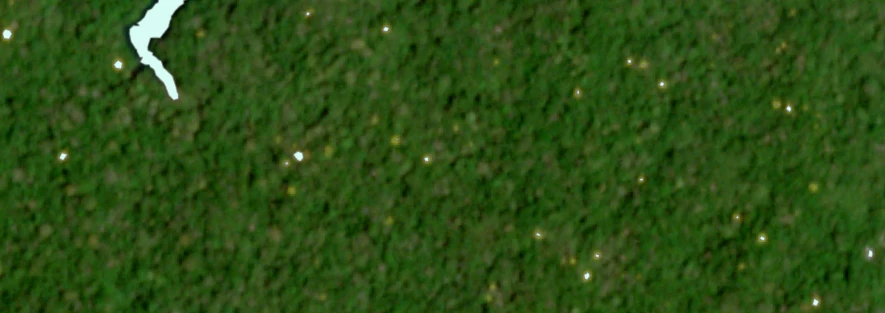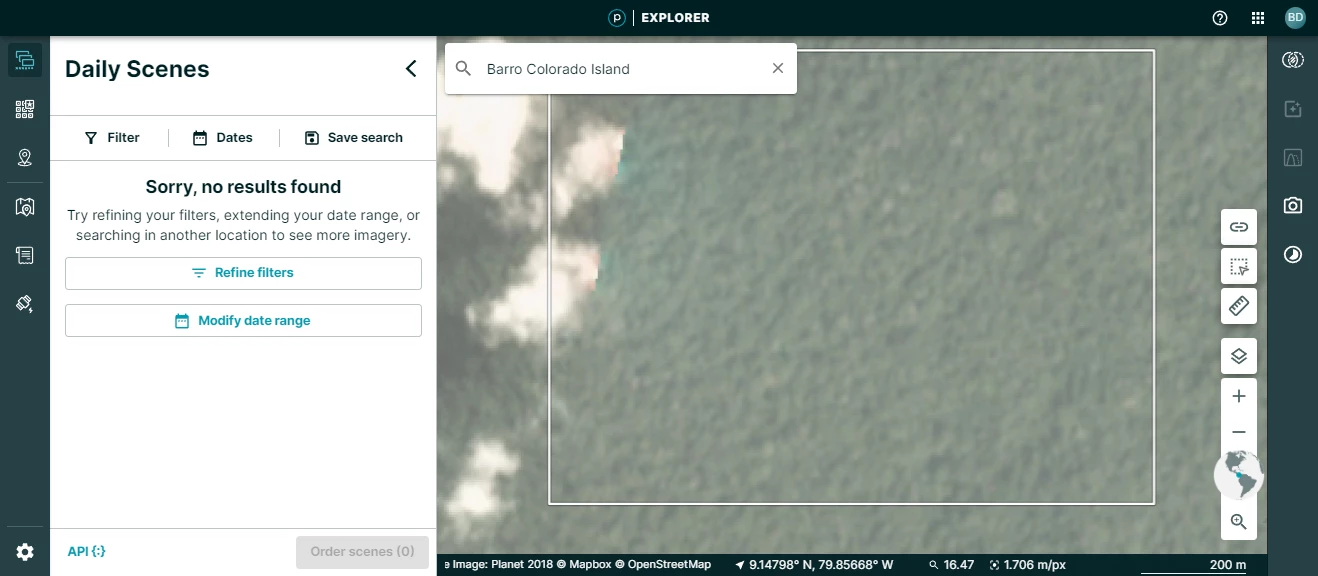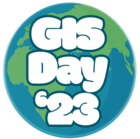Hello - I have run through the exercise and wanted to give back some feedback.
Overall, great tutorial - and I’m so glad to see instructions to using Planet imagery for more detailed analysis!
A few thoughts:
- Is there a reason why step 3 under "Preparing Data for Analysis" utilises geojson.io, instead of the native ArcGIS Pro tools to create the polygon (especially because it is used later in the classification exercise step 1)?
- When a ArcGIS Pro Project is created, a File Geodatabase (.gdb) with the name of the Pro project is also created that could be used from the start without having to venture out to another program. Users could right click on the "Databases" in the Catalog pane and create a new layer - then draw using the edit tools. Users could use the Locate tool to find the same location to zoom in their map interface to draw. By doing this (starting by creating a feature class instead of shapefile in geojson.io) it would cut out step 10, requiring them to export into a feature class and would stop them from having to create unnecessary extra files (i.e., the original shapefile in the table of contents to remove).
- If showing Geojson.io is key to providing more background on other tools, then another option is that users could also have imported the shapefile as a feature class directly by right clicking on the Database in the Catalog pane and selecting "Import" > "Feature class" then selecting the shapefile.
- For Step 26 - I would add the step "Click on the 'Raster Layer/Appearance' tab and then select Symbology" (note that the name of the tab changes depending on the version of Pro being used - for me there is no “Appearance” tab in Pro version 3.0.3, just Raster Layer). Or "Right click the layer to select Symbology", as users might not know that they need to open the Symbology pane in order to change the bands, and this tab is not shown in a screenshot provided. It is later described that they can double click on the colour bar, but again this could be moved up so that it is described the first tiem they need to change symbology, rather than later.

- Under "Normalized Difference Vegetation Index" - Step 4, this line item should be a heading, as the subsequent steps explain in further detail how to do this step. It is a bit confusing to read this as a single step, then read the next steps describing the process again.

- Step 5-9 could be improved by providing a file of the island boundary. the boundary file is available on Esri ArcGIS Hub as a downloadble shapefile: https://hub.arcgis.com/datasets/SI::barro-colorado-nature-monument-boundaries/explore?location=9.152011%2C-79.845251%2C12.76
- Problem with the reclass approach - misses several blooms and categorises parts of the water that were accidentally digitised (if not using the island boundary file as above). I would recommend mentioning that other better segmentation tools exist, including a suite from Esri's Classification and Pattern Recognition toolset in the Image Analyst Extension: https://pro.arcgis.com/en/pro-app/3.0/tool-reference/image-analyst/an-overview-of-the-segmentation-and-classification-tools-in-image-analyst.htm & https://pro.arcgis.com/en/pro-app/3.0/tool-reference/image-analyst/understanding-segmentation-and-classification.htm


- For the exercise "Using Planet Products for Similar Orbital Bloom Analysis (optional)" > Planet Explorer, I am assuming users don't have access to Barro Colorado, as it will depend on the AOI of their monitoring subscription? When I search for Barro Colorado in search bar as described, I cannot see any imagery. The search term listed should be updated to say: 'Or your area of interest'.

- I am also unable to make a story using Stories for that area., as I do not have access to Barro Colorado in Explorer. Again, this could be updated to suggest that users need to utilise their own AOI.







